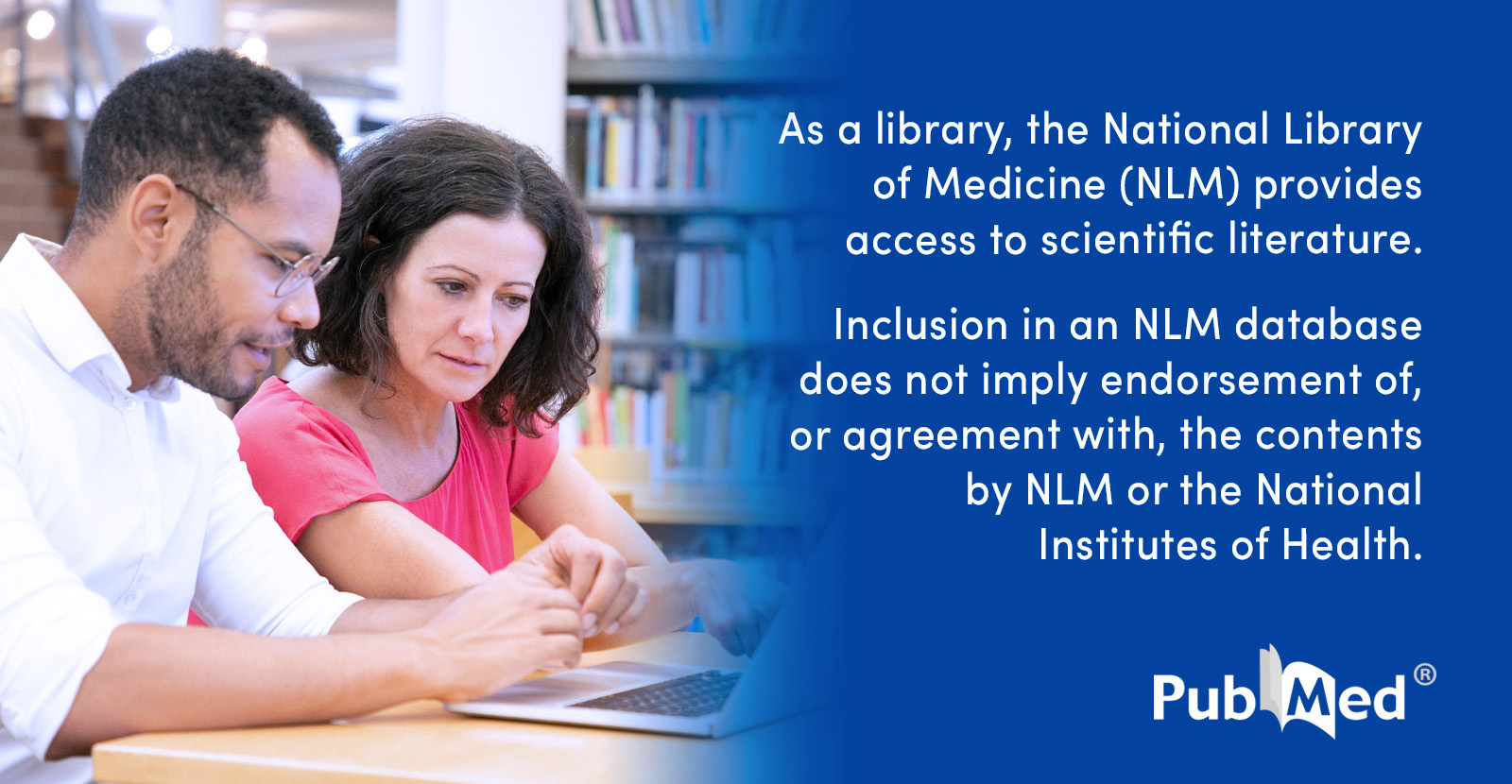Can atherogenic indices and the triglyceride-glucose index be used to predict erectile dysfunction?
Murat Sambel 1, Abdullah Erdogan 2, Volkan Caglayan 2, Sinan Avci 2, Sahin Kilic 1, Halil Emre Yildiz 3, Ercument Keskin 4Affiliations expand
- PMID: 38250336
- PMCID: PMC10799712
- DOI: 10.1093/sexmed/qfad069
Abstract
Background: Atherosclerosis and insulin resistance play an important role in the development of erectile dysfunction (ED), and few studies have comprehensively evaluated more specific indicators like atherogenic indices and the triglyceride-glucose (TyG) index in the assessment of ED.Aim: This study aimed to reveal the role of atherogenic indices (atherogenic index of plasma [AIP], Castelli risk index-1/2 [CRI-1/2], and atherogenic coefficient [AC]) based on plasma lipid ratios, which have been used as more sensitive indicators of atherosclerosis in recent years, and the TyG index, a practical indicator of insulin resistance, in predicting vasculogenic ED.
Methods: The study included a total of 199 patients who met the inclusion criteria and a total of 51 control subjects without ED complaints according to the International Index of Erectile Function (IIEF-5) scores (>21) between May 2021 and October 2022. For all participants, the demographic and biochemical parameters were evaluated, and atherogenic indices, namely CRI-1 (total cholesterol/high-density lipoprotein [HDL]), CRI-2 (LDL/HDL) AIP [log10(triglycerides/HDL)], and AC (non-HDL/HDL), as well as the TyG index [Ln {fasting triglycerides (mg/dL) × fasting glucose (mg/dL)/2}] were calculated.
Outcomes: The TyG index, which is an indicator of insulin resistance, and atherogenic indices such as CRI-1, AIP, and AC were significantly associated with ED, and especially AIP and the TyG index seem to be more important in the evaluation of ED.
Results: According to the univariate analysis, the patient group had significantly higher CRI-1 (5.3 ± 1.4 vs 4.7 ± 1.3; P = .005), AIP (0.31 ± 0.26 vs 0.13 ± 0.2; P < .001), AC (4.1 ± 1.4 vs 3.70 ± 1.2; P = .026), and TyG (9.16 ± 0.71 vs 8.77 ± 0.52; P < .001) values compared with the control group. In the correlation analysis, a significant negative correlation was found between the AIP and TyG index and the IIEF-5 scores (r2 = 0.120, P < .001 between AIP and IIEF-5; r2 = 0.091, P < .001 between TyG index and IIEF-5). The multivariate analysis revealed AIP and the TyG index as independent predictive factors for ED.
Clinical implications: The use of atherogenic indices and TyG index in daily urology practice can help physicians in the diagnosis and follow-up of ED.
Strengths and limitations: The lack of sex hormone-binding globulin and free testosterone levels represents a limitation of our study. Another limitation is that the severity of ED was determined using the IIEF-5 scores, rather than a more objective method, such as penile artery ultrasound.
Conclusion: Atherogenic indices and the TyG index can be used as inexpensive and practical markers to predict the severity of arteriogenic ED.
Keywords: atherogenic indices; endothelial dysfunction; erectile dysfunction; insulin resistance; triglyceride-glucose index.
© The Author(s) 2024. Published by Oxford University Press on behalf of The International Society of Sexual Medicine.

Can atherogenic indices and the triglyceride-glucose index be used to predict erectile dysfunction? - PubMed
Atherogenic indices and the TyG index can be used as inexpensive and practical markers to predict the severity of arteriogenic ED.












